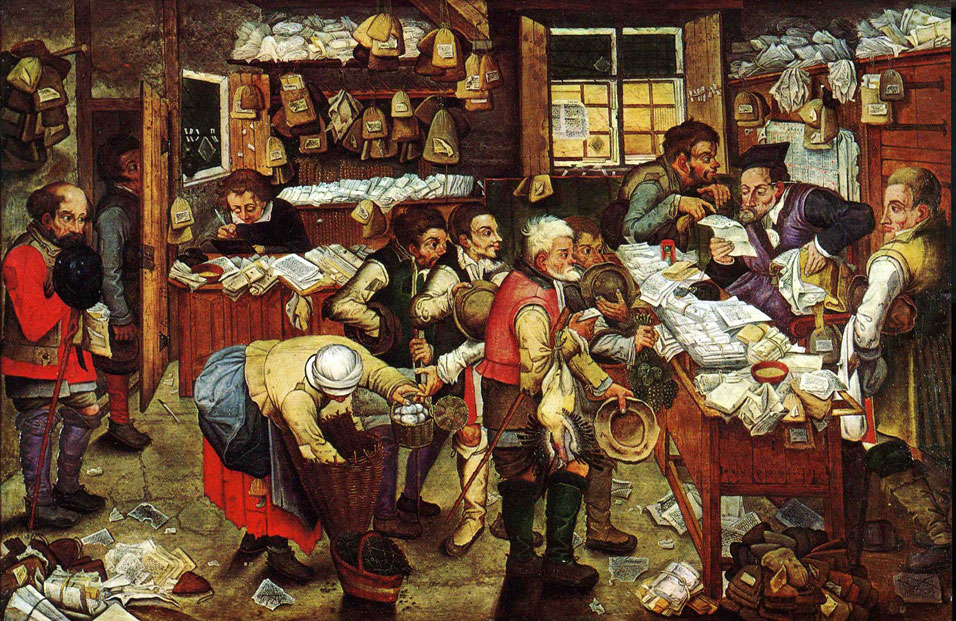In many projects I was faced with storing hierarchical data (tree) in classes.
By tree, I mean such data, where each node has a parent node — an object of the same class.
Many examples of such data can be given. For example, a catalog in the online store. Suppose that this online store sells books, in this case, the category tree might look like this:


